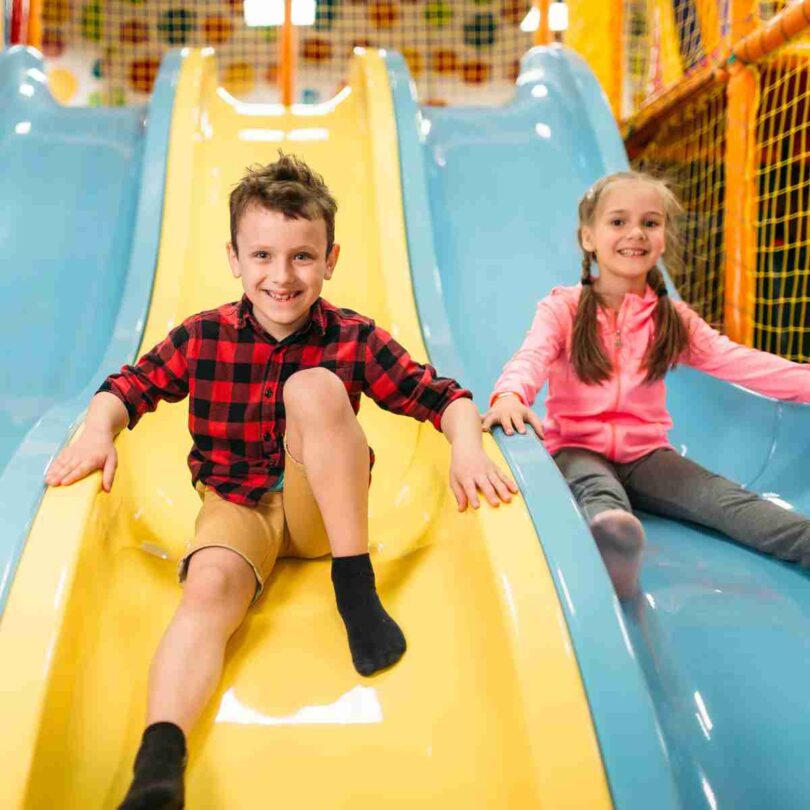In the noble quest to keep our children safe, parents and guardians often employ various strategies and precautions. However, amidst this protective vigilance, it’s easy to fall into common pitfalls that may unknowingly compromise the very safety we’re striving to ensure.
Let’s look at mistakes to avoid when trying to keep your children safe and how to avoid them when taking them to places that could potentially risk their well-being.
Not Teaching Your Child About Personal Safety
One of parents’ biggest mistakes is assuming their children are too young to understand personal safety. This mistake can lead to a false sense of security, as children not educated on basic safety precautions may unknowingly put themselves in harm’s way. Educating your child about personal safety, such as stranger danger and appropriate boundaries, is a crucial part of keeping them safe.
Not Setting Clear Rules and Boundaries
Without clear rules and boundaries, children may not know what to expect and may engage in risky behaviors. It’s important to establish age-appropriate rules for your child and explain why. This step can also help your child understand the consequences of breaking these rules and why they are in place.
Being Overly Protective
While it’s natural for parents to want to protect their children from harm, being overly protective can have adverse effects. It can prevent children from developing crucial life skills, such as problem-solving and resilience, both of which are necessary for navigating potentially risky situations. It’s important to balance keeping your child safe and allowing them the freedom to learn and grow.
Not Supervising Your Child
Leaving children unsupervised, even for short periods, can lead to accidents or dangerous situations. It’s essential to closely supervise young children and gradually give them more independence as they grow older. There are many indoor playground structures and outdoor parks that should be safe and fun for children, but it’s still important for parents to keep a watchful eye.
Not Preparing for Emergencies
In an emergency, every second counts. Parents must have a plan in place and prepare for potential emergencies. Keep readily available first aid supplies, memorize emergency contact numbers, and practice emergency scenarios with their children.
Not Setting a Good Example
Children often mimic the behaviors of their parents and caregivers. If you’re not following safety precautions, your child likely won’t either. Set a good example by wearing a seatbelt in the car, wearing a helmet while biking, and following other safety guidelines. This example will keep your child safe and instill good habits in them.
Keeping our children safe requires more than just physical precautions. It involves educating and empowering them to make safe choices, setting clear boundaries and rules, finding a balance between being protective and allowing independence, and much more. By avoiding these mistakes, we can better ensure the safety and well-being of our children.








